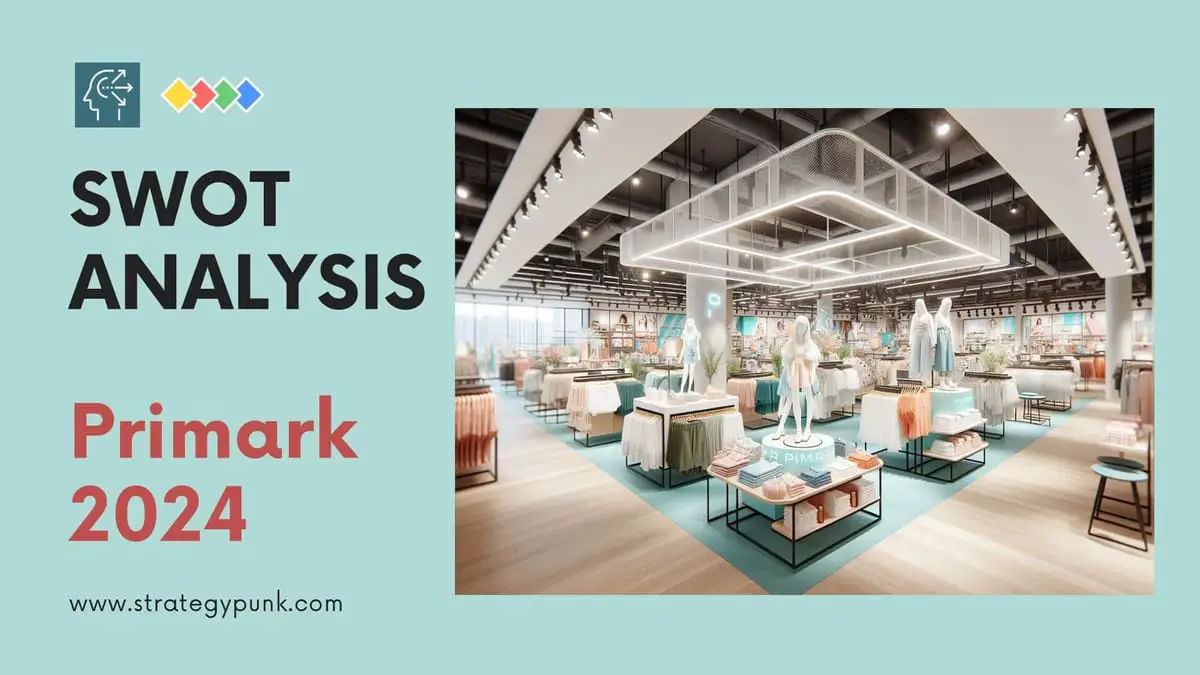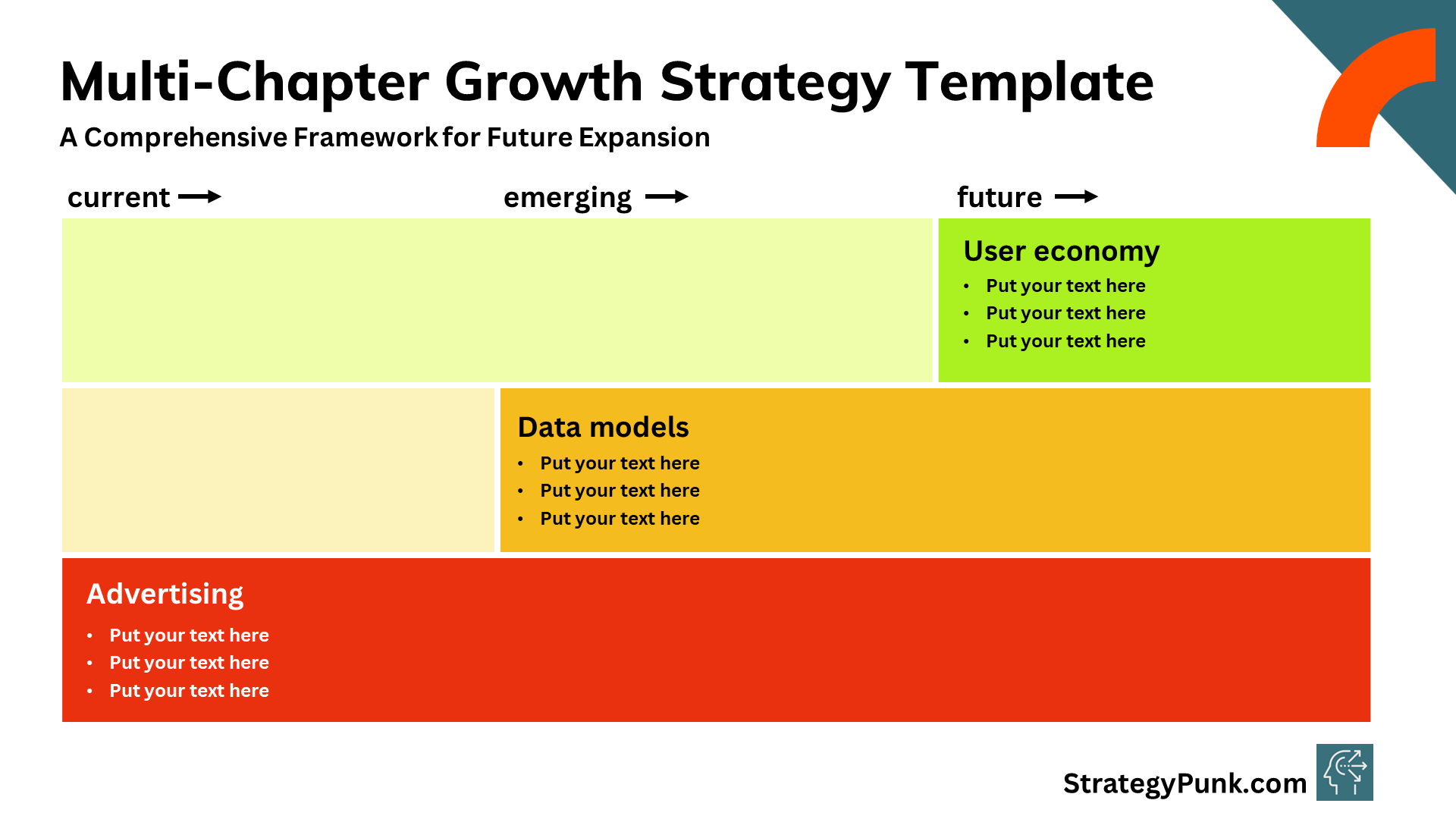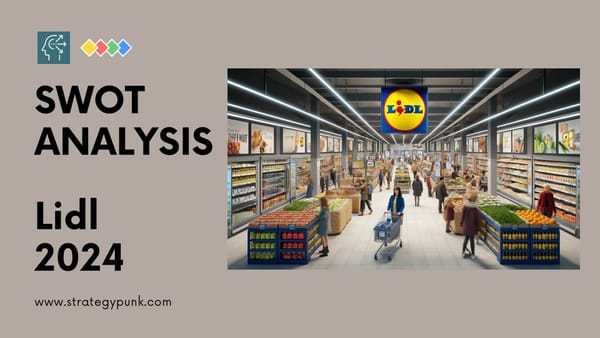Zara (Inditex) SWOT Analysis: Free PPT Template and In-Depth Insights 2024
Explore Zara's 2024 SWOT Analysis with a free PPT template. Get insights on Zara's history, strategy, SWOT, financials, and FAQs. Download now for an in-depth analysis
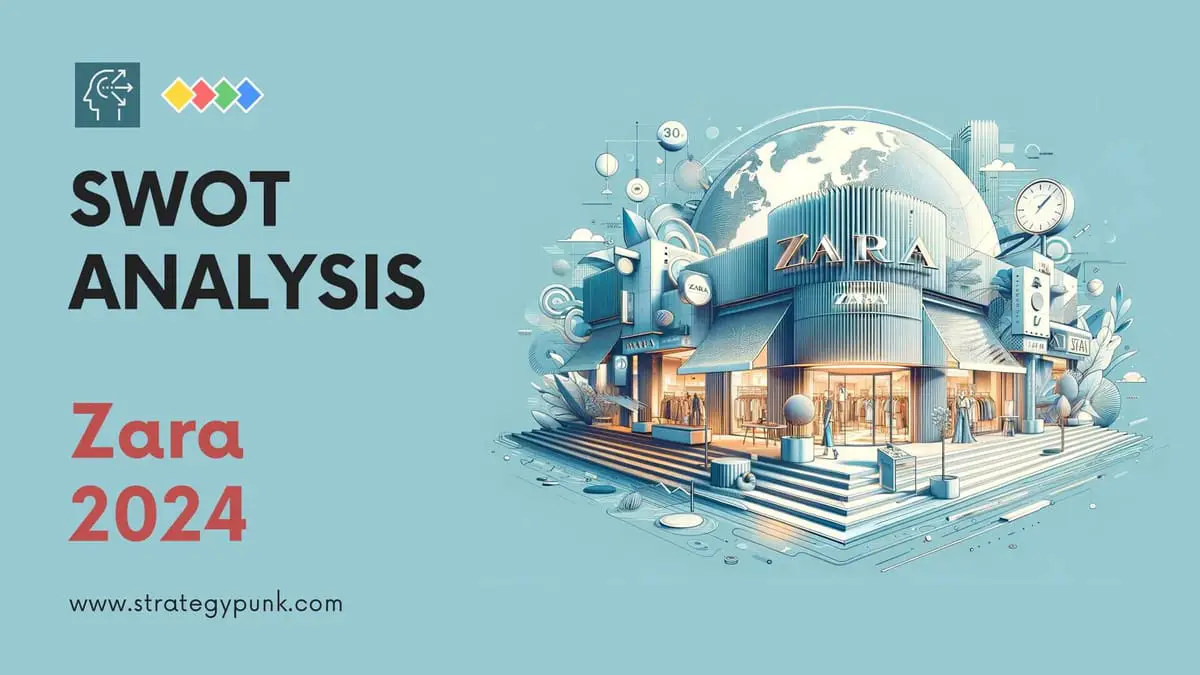
The post examines Zara's history, financials, detailed SWOT analysis, summary, and FAQs and offers a free PowerPoint template download.
Introduction
Zara is one of the world's largest and most successful fashion retailers.
Founded in 1975 in Spain, Zara has multiplied to become the flagship brand of its parent company, Inditex. With over 2,200 stores in 96 countries, Zara has developed an incredibly efficient supply chain that enables new designs to go from concept to store shelves in just a few weeks.
This agility, combined with on-trend affordable pricing, has made Zara a go-to destination for fashion-forward shoppers around the globe. However, the fast-fashion model also comes under criticism for sustainability issues. As consumer preferences evolve, Zara must adapt its strategy to maintain dominance in an increasingly competitive landscape.
This in-depth SWOT analysis examines Zara's strengths, weaknesses, opportunities, and threats. It provides insights into the sources of Zara's competitive advantage as well as the challenges it faces.
A Brief Look at the History of Zara
Zara was founded 1975 by Amancio Ortega and Rosalía Mera in La Coruña, Spain. The first store focused on low-priced lookalikes of popular, higher-end clothing fashions. Ortega had previous experience in the fashion industry and saw an opportunity to provide affordable and trendy clothing with a quick turnaround time.
The business increased through the 1980s and 1990s as Zara expanded in Spain. A significant milestone came in 1988 with the opening of Zara's first store outside Spain, in Porto, Portugal. International expansion quickly followed into the US, France, Mexico, and other markets throughout the 1990s and 2000s.
Key to Zara's success was an early investment in technology to enable fast fashion supply chains. Zara could design a new item, have it manufactured, and on store shelves within just a few weeks - much faster than competitors. This allowed Zara to capitalize on the latest trends and update its stock frequently.
Today, Zara is the largest brand of parent company Inditex, making up 66% of total group sales. While growth in recent years has slowed, Zara still delivers solid financial results thanks to its responsive supply chain and understanding of customer preferences.
Financials of Zara 2022
In 2022, Zara generated €27.8 billion in revenue, representing a 24.5% increase over 2021. Net income was €3.8 billion. Zara now has over 2,200 retail stores plus online channels in 96 markets.
Some key metrics from Zara's 2022 financial results:
- Revenue: €27.8 billion
- Net Income: €3.8 billion
- Number of stores: 2,284
- Countries with presence: 96
- Employees: 174,386
Zara accounts for 66% of sales for parent company Inditex. Zara's performance is crucial to Inditex's overall success as the flagship brand. Management expects continued but slower growth heading into 2023 and 2024.
In-depth SWOT Analysis of Zara 2024
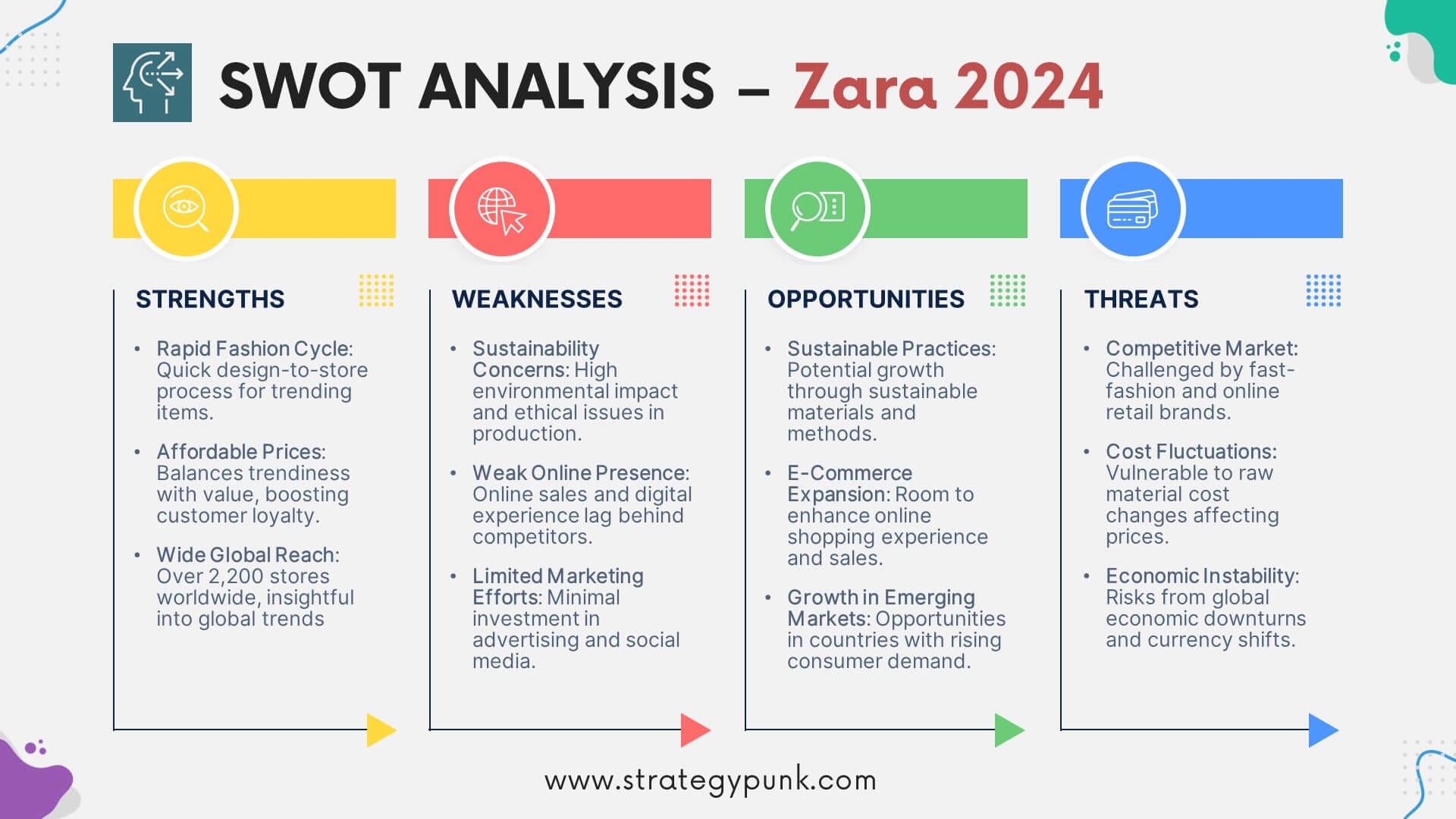
Zara’s Strengths
- Fast fashion supply chain: Zara can design, manufacture, and deliver new fashion items to stores within just a few weeks, much faster than typical retailers. This responsive model allows Zara to capitalize on the latest trends.
- Affordable pricing: Zara focuses on offering fashion-forward items at affordable prices. This combination of trendiness and value helps drive customer loyalty and word-of-mouth. Prices are low enough to encourage volume purchases.
- Global presence: With over 2,200 stores plus online channels across 96 countries, Zara has exceptional global reach compared to fashion competitors. Its network allows insight into international fashion trends.
- Flagship stores: Zara strategically locates flagship stores in major cities and prime locations to enhance brand visibility. Flagships showcase the Zara experience.
- Loyal customer base: Repeated affordable fashion drops keep customers engaged. Zara enjoys high brand affinity and loyalty among its target market, leading to repeat store visits.
Zara’s Weaknesses
- Sustainability: Zara contributes immense textile waste and pollution as a fast fashion retailer. Critics argue its rapid production model is unsustainable and unethical regarding labor policies.
- Online underperformance: Despite e-commerce growth, Zara lags behind category leaders in online sales. Its site and app experience have been considered inferior to the in-store experience.
- Social media and advertising: Zara historically invests little in advertising and social media marketing compared to fashion competitors. This limits brand awareness with younger demographics.
Zara’s Opportunities
- Sustainable fashion: Zara could invest more in sustainable materials and manufacturing processes. Given growing customer awareness, sustainability is a differentiation opportunity.
- Online sales growth: Zara has plenty of headroom to improve its platform and features to drive higher conversion rates. Online sales are forecast to continue strong growth.
- Emerging markets: China, Mexico, India, and other developing markets offer expansion possibilities for Zara to extend its global physical retail presence. Rising middle-class demand works for Zara's affordable pricing.
Zara’s Threats
- Competition: Brands like H&M, Uniqlo, Bestseller, Topshop, and Gap offer similar fast, affordable fashion. Online retailers like ASOS and Boohoo also threaten market share. Zara must smartly differentiate itself.
- Raw material costs: Fluctuations in cotton and other textile raw material costs can squeeze vendor margins. Rising costs may force price hikes that impact customer demand.
- Global economic factors: Recession risks in key European and North American markets could dampen discretionary spending. Currency fluctuations and other macroeconomic factors also pose threats.
Zara SWOT Analysis Summary
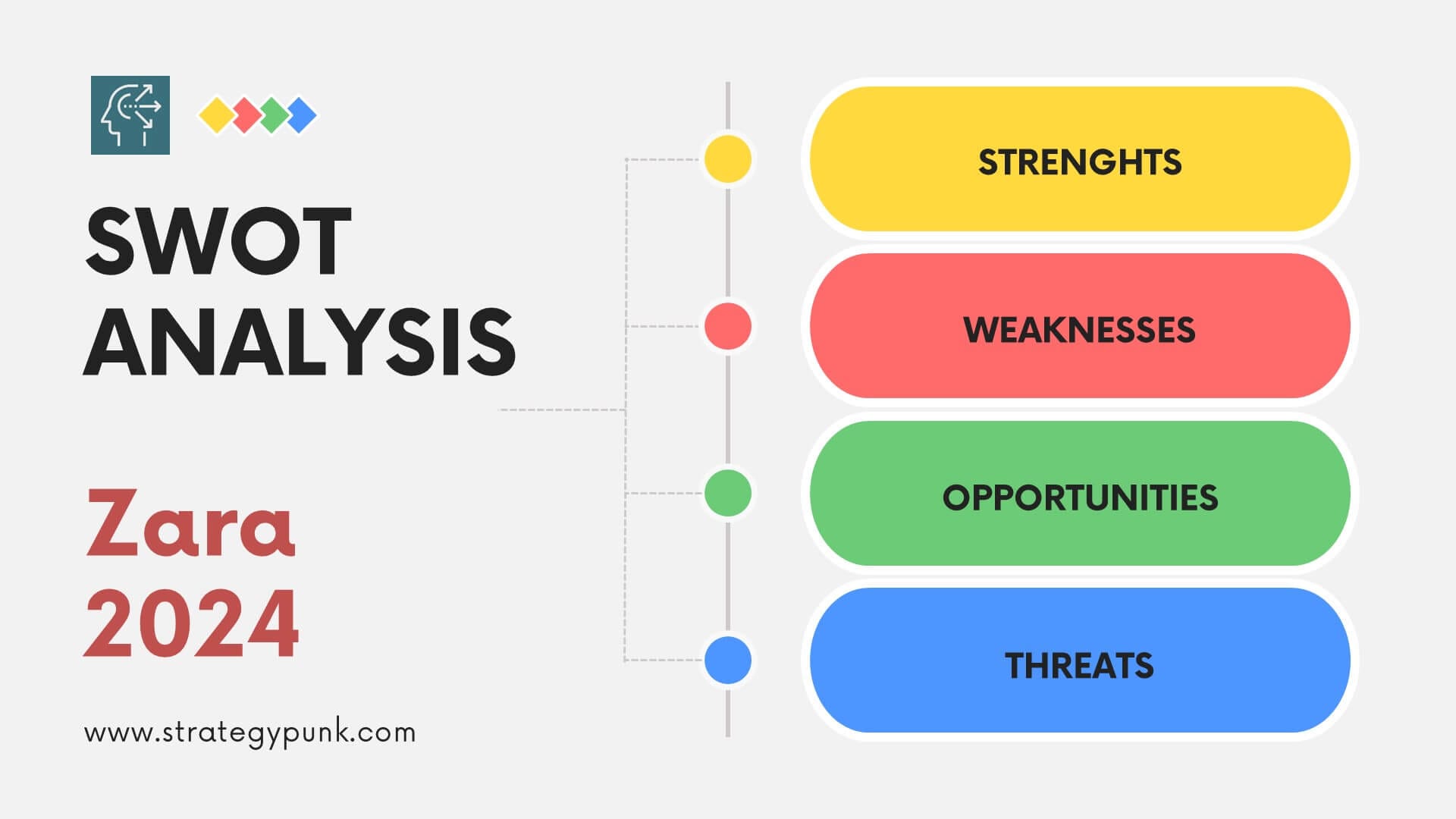
Zara's strengths demonstrate how it has redefined supply chains and in-store experiences in the retail fashion industry. Weaknesses like sustainability issues and social media marketing provide areas for improvement.
Opportunities exist to expand online and in developing markets. However, competition and economic uncertainty pose real threats to growth.
Internal Factors
Zara's fast supply chain model and global retail presence form the core of its competitive advantage.
Pricing and loyal customers also factor hugely into its success. Work remains in making operations more sustainable and improving its online business.
External Factors
The affordable fashion category will likely keep growing, especially in emerging markets, playing to Zara's strengths.
However, recession risks could slow discretionary spending while online pure-plays and fast fashion rivals challenge market share.
Frequently Asked Questions
What makes Zara so successful?
Zara's success comes from its ultra-fast supply chain, on-trend, affordable pricing strategy, and global retail presence. By reacting quickly to the latest fashion trends while making items affordable with good quality, Zara delivers a compelling, fast fashion value proposition that resonates with customers.
How does Zara's supply chain work?
Zara can design, manufacture, and deliver a new clothing item to its stores worldwide in just 3-4 weeks. This rapid cycle leverages data analytics, localized manufacturing, store feedback loops, and inventory management. Zara's supply chain is responsive and flexible.
Why is Zara cheaper than other brands?
While offering fashionable clothing made from decent quality materials, Zara manages to keep prices low through economies of scale, locating manufacturing nearby in Europe and Asia, lowering marketing costs, and having customers bear some distribution expenses. The low prices drive volume sales.
What countries does Zara operate in?
As of 2023, Zara traded in 96 countries across Europe, the Americas, the Middle East, Africa, and Asia Pacific through a network of over 2,200 physical retail stores and online storefronts. Some of its biggest markets are Spain, France, Germany, Italy, USA and China.
What is Zara's expansion strategy for entering new markets?
Zara typically enters new markets using three strategies - subsidiaries, joint ventures, or franchises. Subsidiaries allow complete control but require more investment. Joint ventures leverage a local partner's knowledge. Franchises have lower risk but less control. The choice depends on market size, competition, risks, and regulations.
How have acquisitions helped Zara's supply chain and logistics?
Zara has vertically integrated its supply chain by acquiring logistics companies like Airborne Express, allowing tighter coordination and faster product turnarounds. It gives Zara end-to-end control, flexibility, and efficiency.
How does Zara leverage strategic alliances for competitive advantage?
Strategic alliances with fashion leaders and tech companies give Zara critical insights into consumer trends and scale global innovations like RFID tracking. These alliances supplement Zara's internal data capabilities to make supply chain decisions.
How could consolidation benefit Zara's market position?
Consolidation through acquisitions of smaller rivals or struggling fashion brands could further expand Zara's market share and distribution network. It also eliminates competitors. This strategy strengthens Zara's industry leadership position.
Zara (Inditex) SWOT Analysis PowerPoint Template
free and fully editable PPT template
A SWOT analysis evaluates the strengths, weaknesses, opportunities, and threats impacting a company.
This free editable PowerPoint template provides a SWOT analysis framework to evaluate Zara (Inditex)'s internal strengths and weaknesses and external opportunities and threats.

Zara (Inditex) SWOT Analysis PowerPoint Template
Zara (Inditex)SWOT Analysis PDF Template
Discover more
Clickworthy Resources
SWOT Analysis: Free PowerPoint Template
This PowerPoint slide deck contains five different layouts to complete a SWOT analysis.
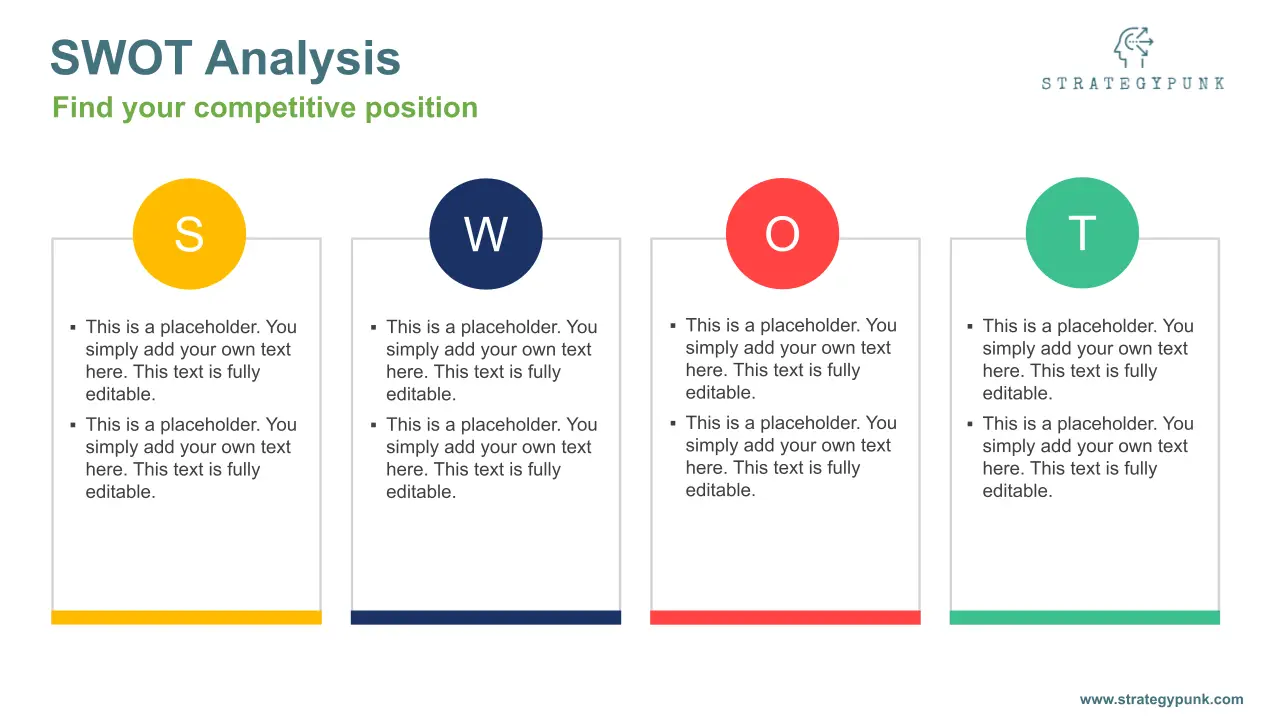
New! SWOT Framework & Free PPT Template - 2024 Edition
Dive into the 2024 Edition of our SWOT Analysis guide, complete with a free PowerPoint template. This resource covers the essentials of conducting a SWOT analysis, its benefits, and practical application tips, including a case study on Mercedes Benz.
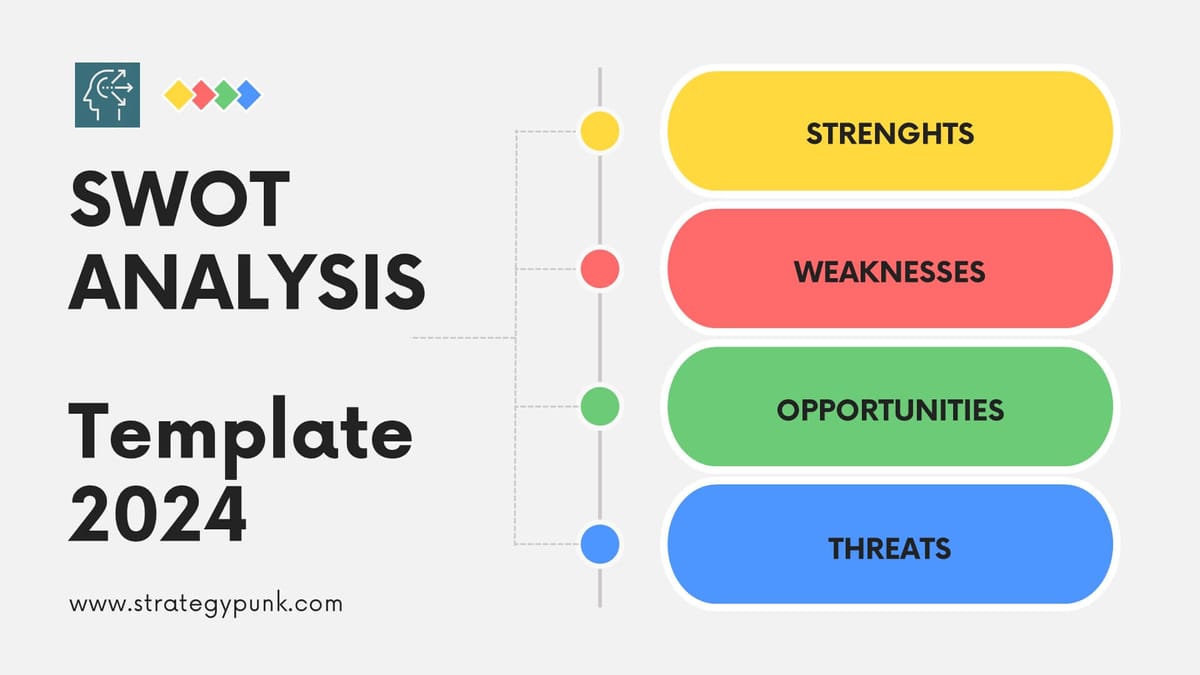
Primark SWOT Analysis: Free PPT Template and In-Depth Insights 2024
Explore Primark's 2024 SWOT Analysis with our free PowerPoint template. Gain key insights into strengths, weaknesses, opportunities, and threats. Download now for a comprehensive analysis.
